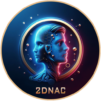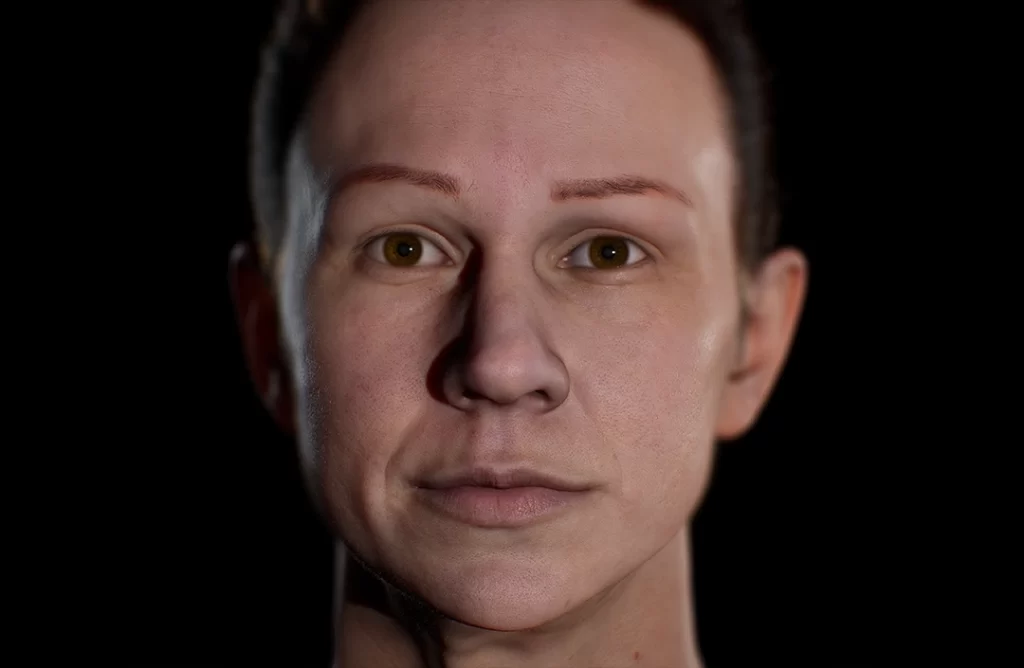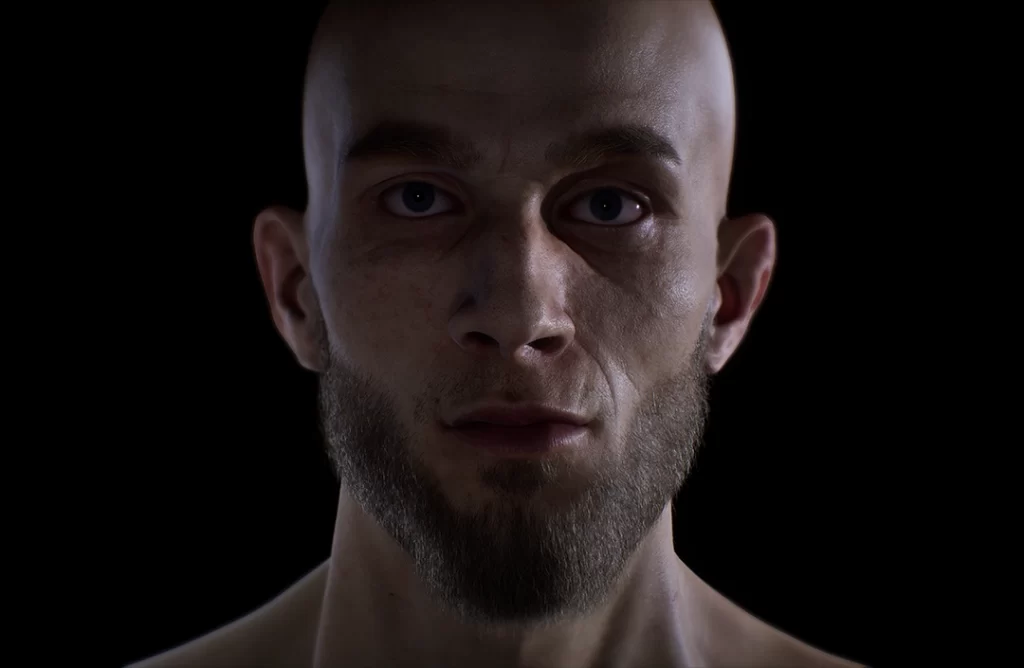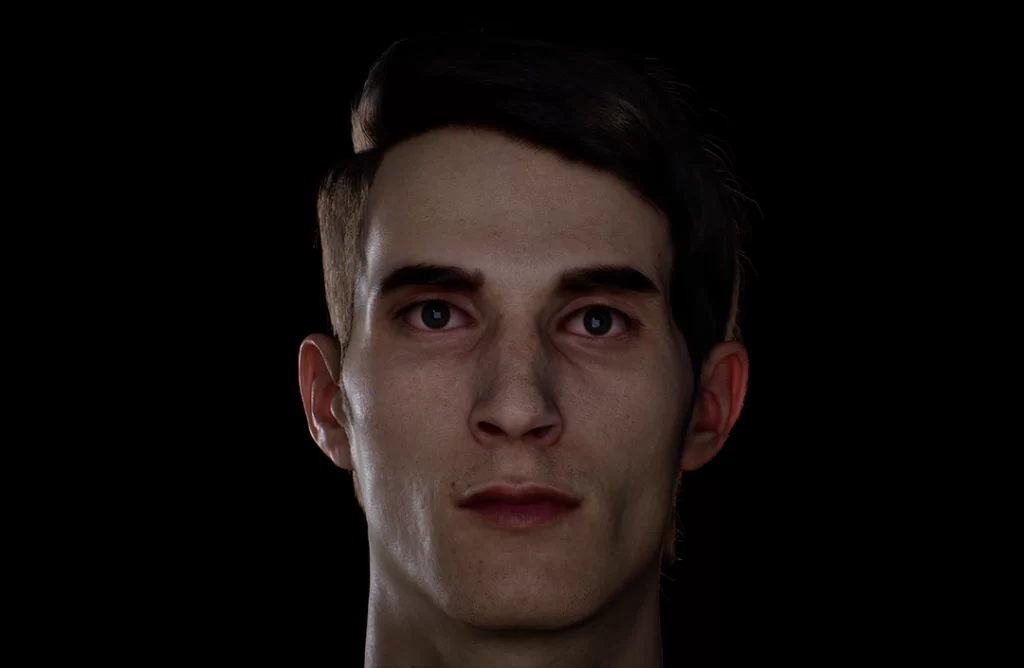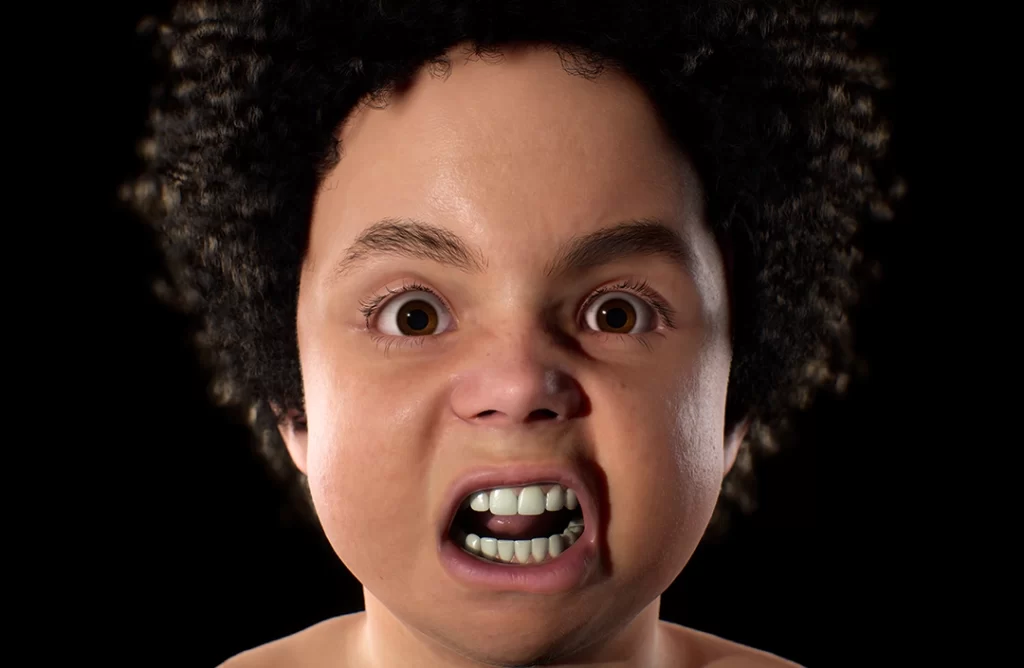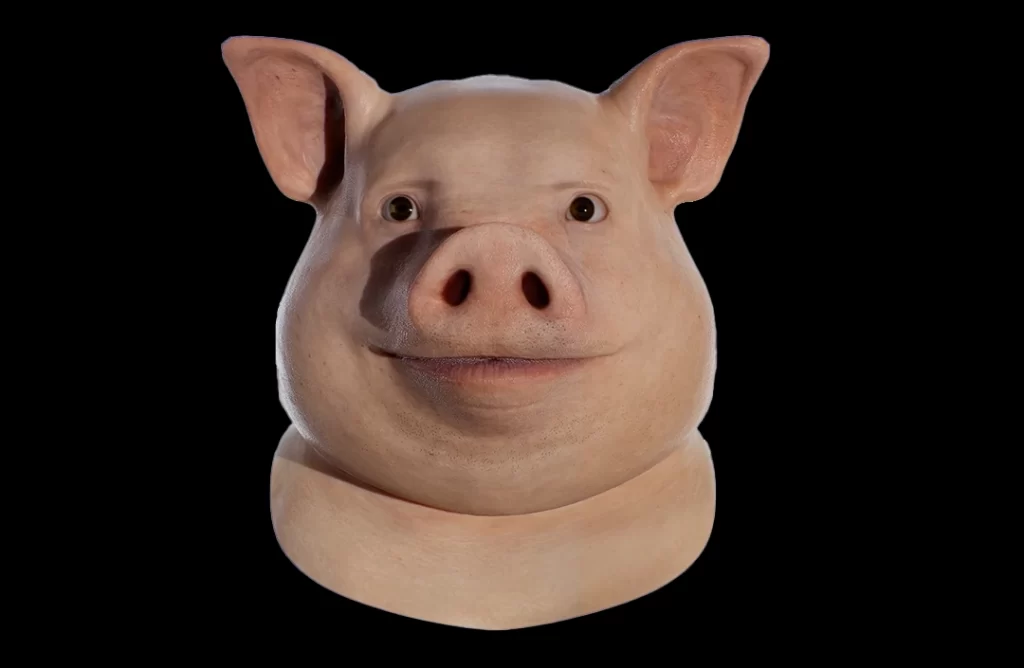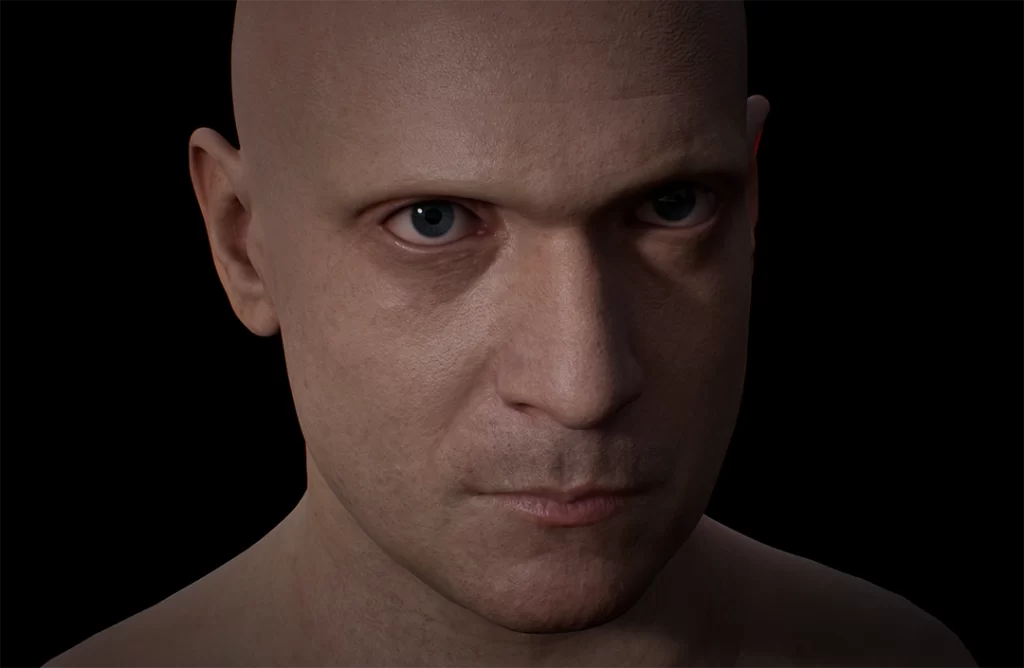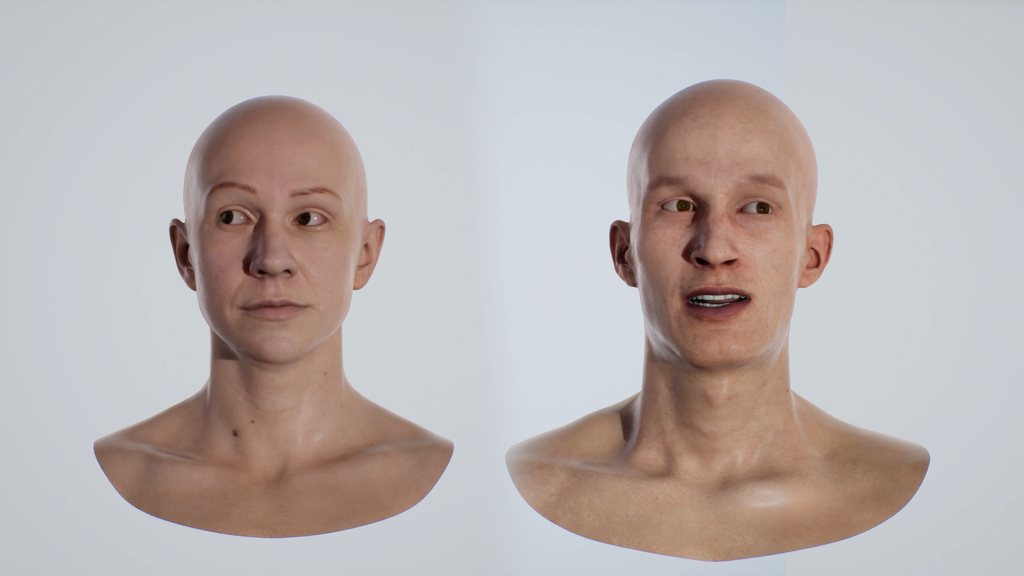
At 2DNAC, we pride ourselves on pushing the boundaries of what’s possible in real-time character creation. Our latest project, where we seamlessly blended six fully custom digital double characters and humanoids inside Unreal Engine, is a testament to that innovation. These characters not only transition smoothly from one to another but also undergo dynamic changes in their facial features, textures, and overall look in real time. This ground-breaking project showcases the perfect synergy of artistry and technology.
Watch Our Transformation Video:
In this blog post, we will dive into the creative and technical processes behind this project and give a sneak peek into the pipeline that made it all possible.
The Vision Behind the Project
The goal was to develop a unique experience where six distinct characters—ranging from realistic digital doubles to fantastical humanoids—could transform into one another in real time. This project combines the power of advanced modeling, texturing, and real-time rendering to create something both visually stunning and technically sophisticated. Each character retains its own defining features, such as skin texture, facial movements, and body characteristics, while blending seamlessly with the others during transformation sequences.
The Programs That Made It Happen
To achieve such a high level of detail and real-time transformation, we utilized a combination of industry-leading software:
- ZBrush: Our go-to tool for high-detail sculpting and character creation. Every wrinkle, facial crease, and muscle movement was crafted here.
- Maya: We used Maya for rigging and animation, ensuring that the characters could move naturally, even during the transitions between forms.
- Unreal Engine: The core of the real-time transformation, Unreal Engine allowed us to blend characters and apply real-time rendering techniques that made these transitions smooth and responsive.
- Wrap3D: For accurate facial wrap and retargeting, ensuring that the characters’ unique facial movements could adapt seamlessly.
- Photoshop: Used for texturing and final touch-ups, ensuring that every detail—down to the pores—looked perfect during the transitions.
Each program played a pivotal role in crafting this one-of-a-kind transformation experience. By combining the best features of these tools, we managed to create not just six independent characters but an interactive and dynamic experience that captures the essence of each.
A Glimpse into Our Character Transformation Pipeline
Here’s a small glimpse of how the process came together:
- Designing and Sculpting the Characters: Each character started as a high-detail sculpt in ZBrush, where we focused on creating distinctive facial features, skin textures, and body shapes. Whether it was a realistic human character or a humanoid creature, the aim was to give each one a unique identity that could still adapt during transitions.
- Rigging and Animation in Maya: Once the characters were fully sculpted, we moved to Maya for rigging. Every character needed to be rigged in a way that allowed for fluid transitions between not only poses but entire morphologies. For example, during the transition from one character to another, we ensured that the skeleton and muscle structures aligned perfectly to maintain realism.
- Real-Time Integration with Unreal Engine: This is where the magic happened. Using Unreal Engine’s real-time rendering capabilities, we programmed each character to blend and transform into one another. The blending wasn’t just about morphing the outer appearance—textures, facial expressions, and even skin details evolved in real time.
- Wrap3D for Perfect Facial Movement: To ensure that the facial movements carried over during transformations, we used Wrap3D to map and adapt the facial features across all characters. This allowed us to maintain consistent facial expressions, even when one character transitioned into a completely different form.
- Texturing and Final Adjustments in Photoshop: Textures were a crucial part of the transformation process. From rough skin textures to soft facial features, every pixel was refined in Photoshop. This allowed for seamless transitions in both color and texture during character blending, making each transformation look believable and natural.
Real-Time Transformation: Not Just a Visual Feat
One of the most exciting parts of this project was ensuring that the transformations occurred in real time. The Unreal Engine enabled us to create real-time blending and morphing sequences, something that previously required pre-rendered effects. Whether it’s for gaming or virtual production, this real-time capability allows for a more immersive experience, where the characters don’t just exist—they evolve dynamically on-screen.
The flexibility offered by Unreal Engine meant that each transformation could be tailored to specific situations, ensuring that no matter the environment or lighting conditions, the transitions remained smooth and visually appealing.
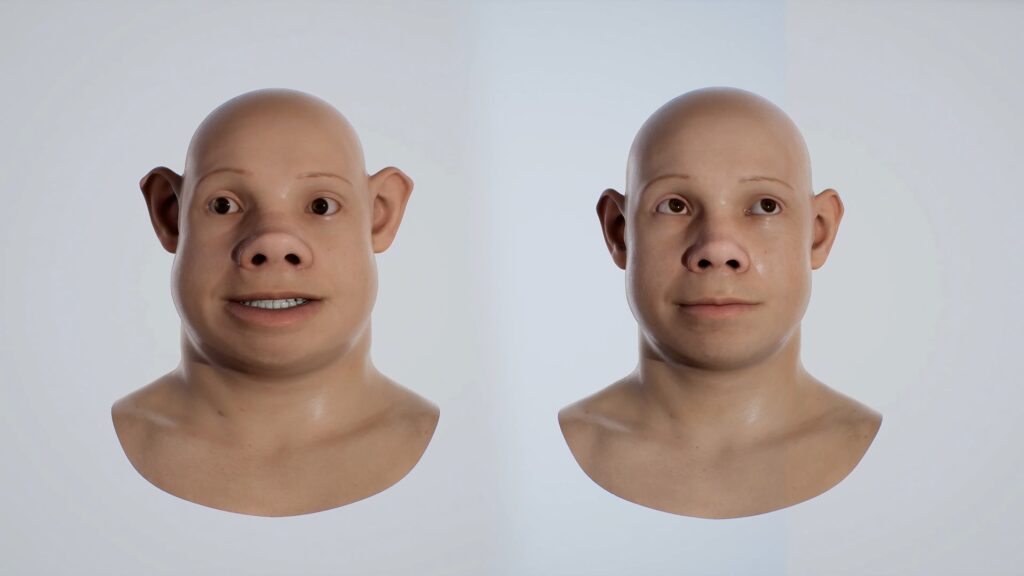
Why This Matters for the Future of Digital Characters
As digital characters become more common in games, cinematics, and even commercials, there’s a growing need for more complex and dynamic interactions. Our project demonstrates how multiple characters can exist in the same space and interact with one another in ways that were once impossible.
Imagine a game where the main character can evolve not just in terms of skills but also physically, or a cinematic scene where characters can transform seamlessly between forms. This project opens up endless possibilities for real-time character interactions and paves the way for more dynamic storytelling.
Preview of the Characters
Along with the video, we’re excited to showcase renders of the characters we used in this project. Each image highlights the unique features of the six custom digital doubles and humanoid creatures, emphasizing the meticulous detail put into every aspect of their design.
Conclusion: The Future of Real-Time Character Transformation
This project is just the beginning of what’s possible in the realm of real-time character transformation. By combining six fully custom characters and leveraging the power of tools like ZBrush, Maya, Unreal Engine, Wrap3D, and Photoshop, we’ve created something that’s both technically impressive and creatively exciting.
Stay tuned for more updates and behind-the-scenes looks at how we’re continuing to push the limits of what’s possible in real-time character creation. Be sure to check out the video above to see the transformation in action and get a glimpse of the future of digital characters.
